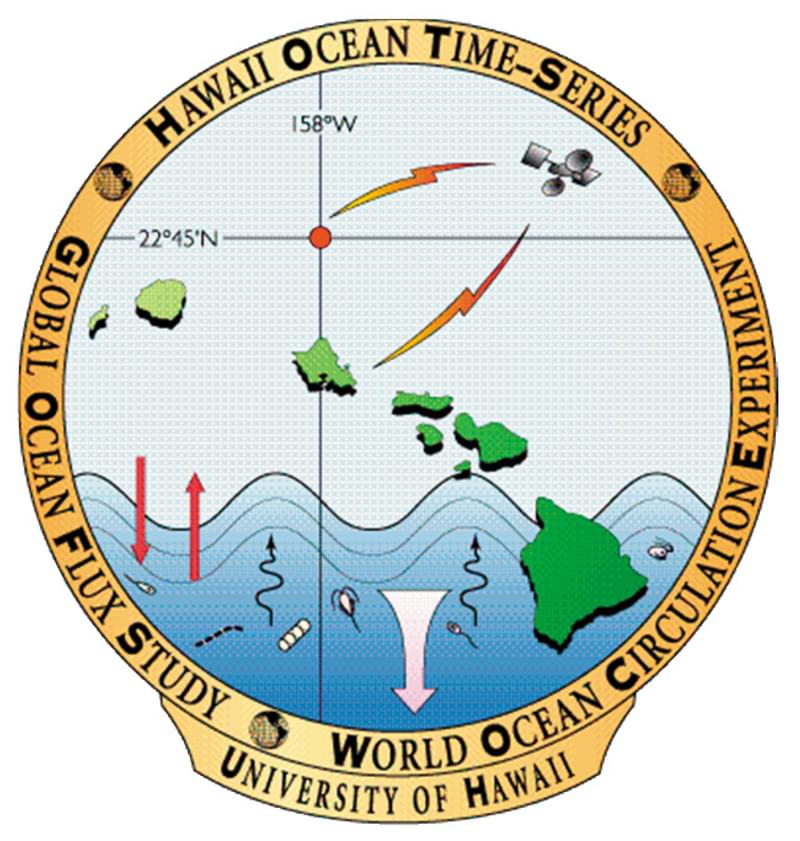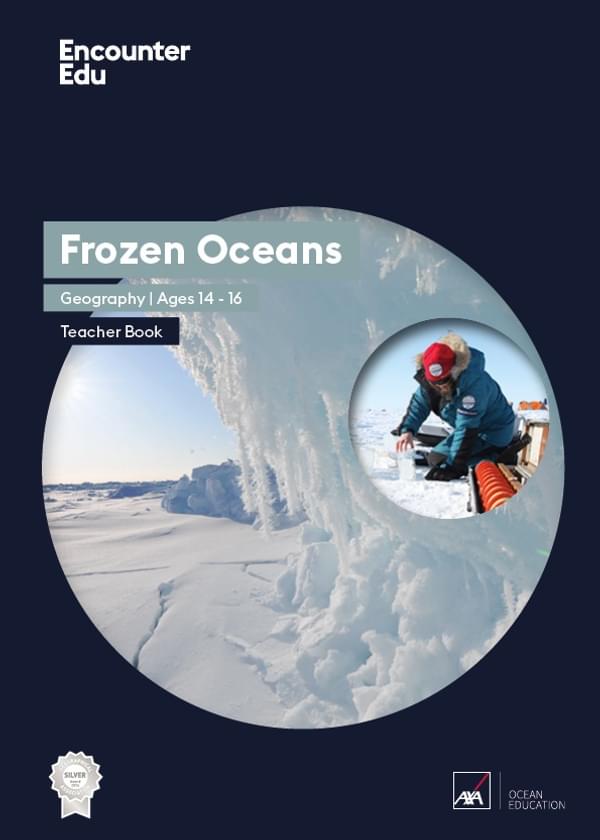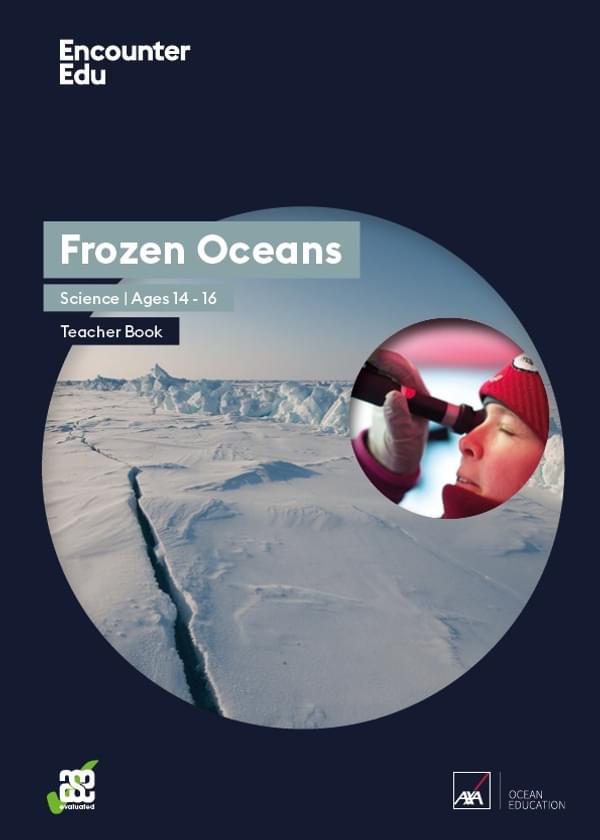Learn more: Hawaii Ocean Time-series - a long term ocean study
Scientists working on the Hawaii Ocean Time-series (HOT) program have been making repeated observations of the hydrography, chemistry and biology of the water column at a station north of Oahu, Hawaii since October 1988.
Cruises are made approximately once per month to the deep-water Station ALOHA (A Long-Term Oligotrophic Habitat Assessment; (22°45’N 158°00 W) located 100 km north of Oahu, Hawaii.
Measurements of the thermohaline structure, water column chemistry, currents, optical properties, primary production, plankton community structure, and rates of particle export are made on each cruise. The HOT program also uses autonomous underwater vehicles, including floats and gliders, to collect data at Station ALOHA between cruises.
The dissolved inorganic carbon data set that has been accumulated over the course of the HOT program shows the increase of carbon dioxide in the surface waters of the Pacific and subsequent acidification of the ocean.
The data is available online at: http://hahana.soest.hawaii.edu...


Geography | Ages 14-16
Frozen Oceans
This Frozen Oceans education resource includes two data case studies that introduce students to ocean acidification and sea ice thickness. The core of each case study are data sets from real expeditions.
